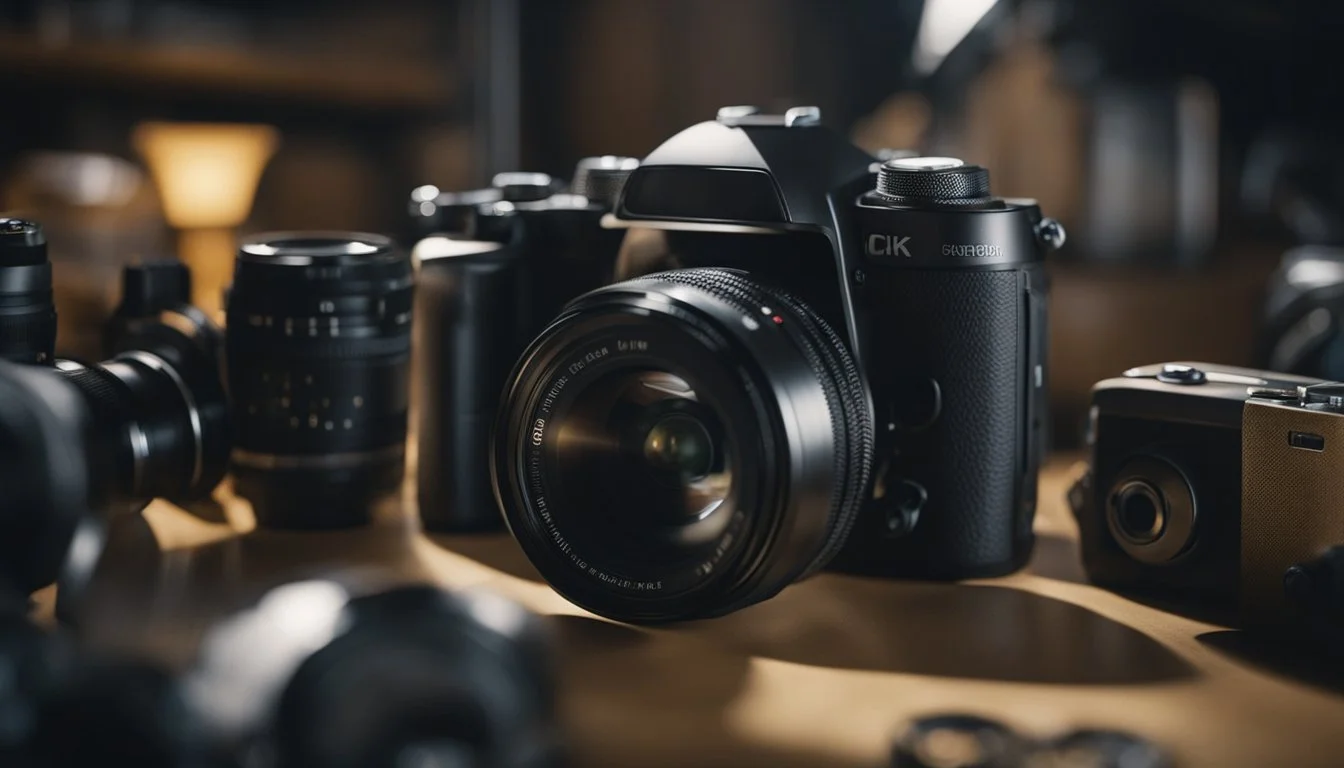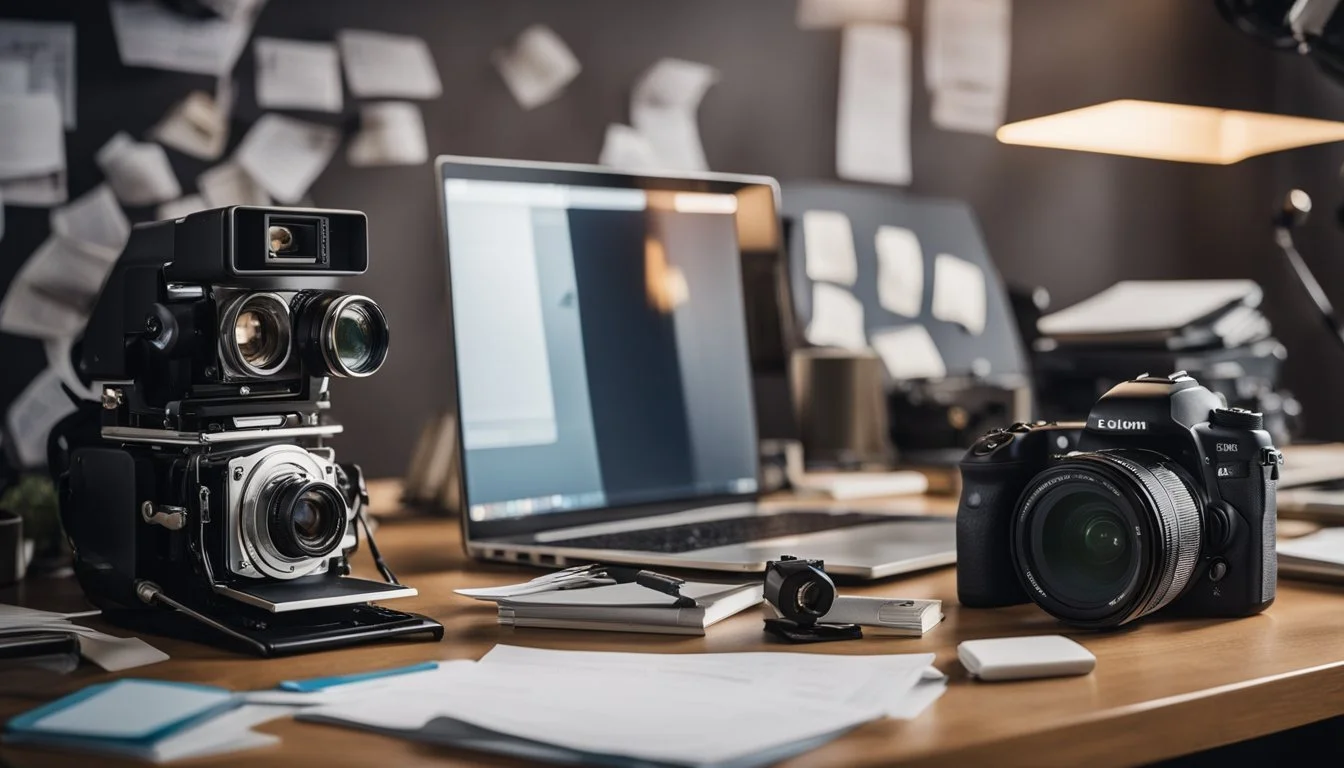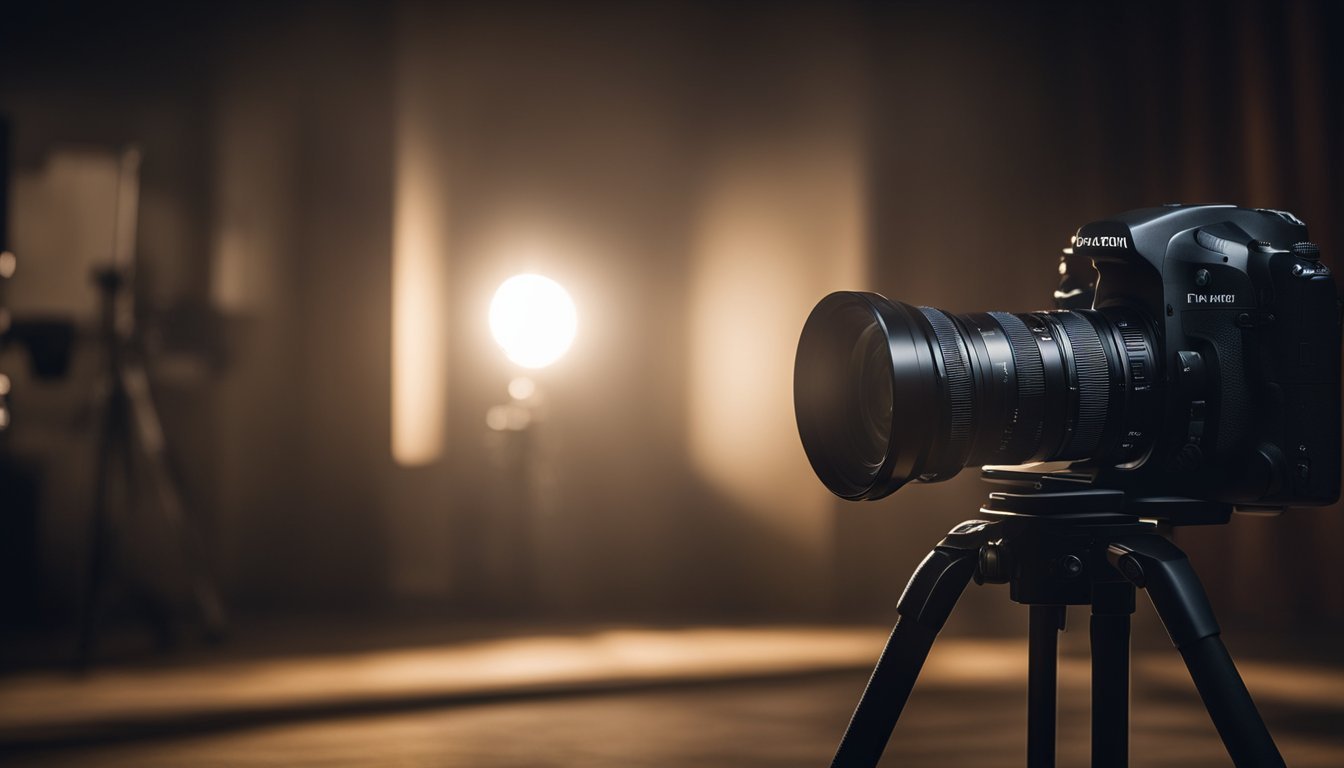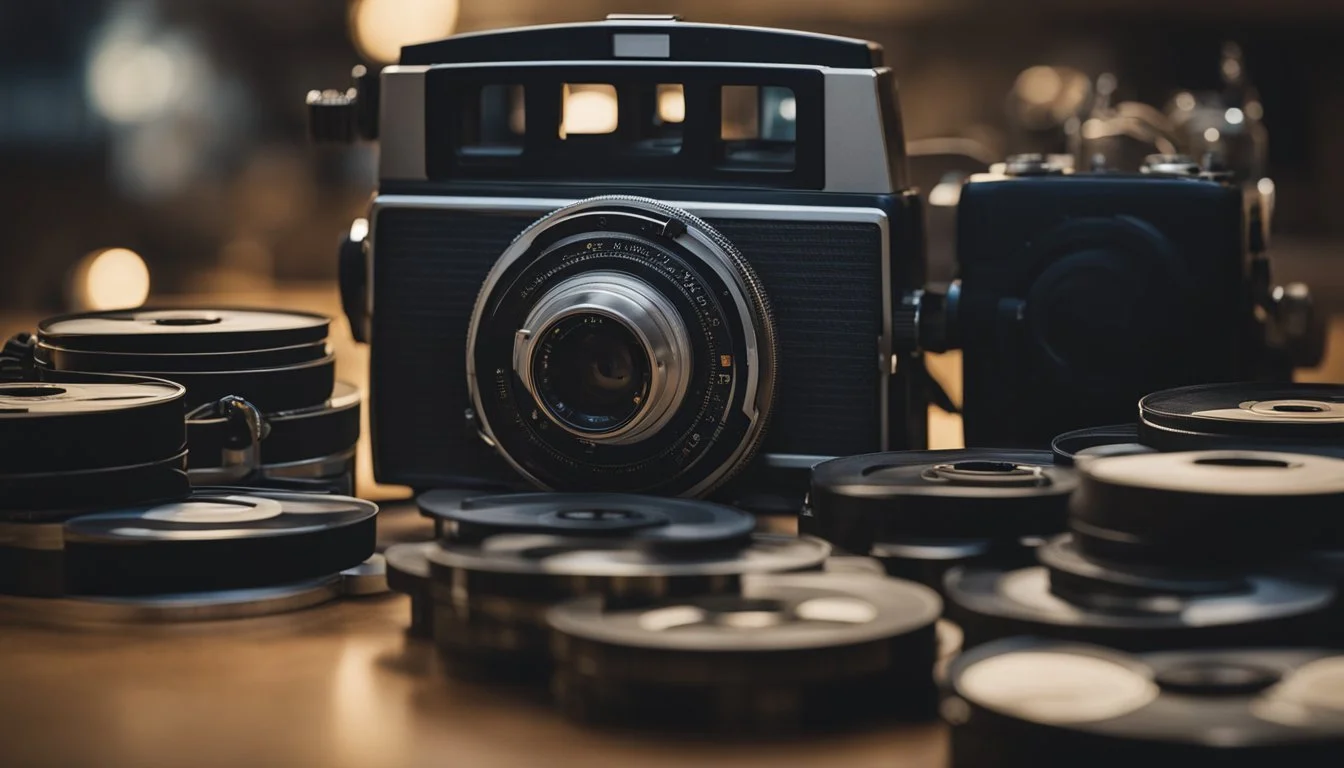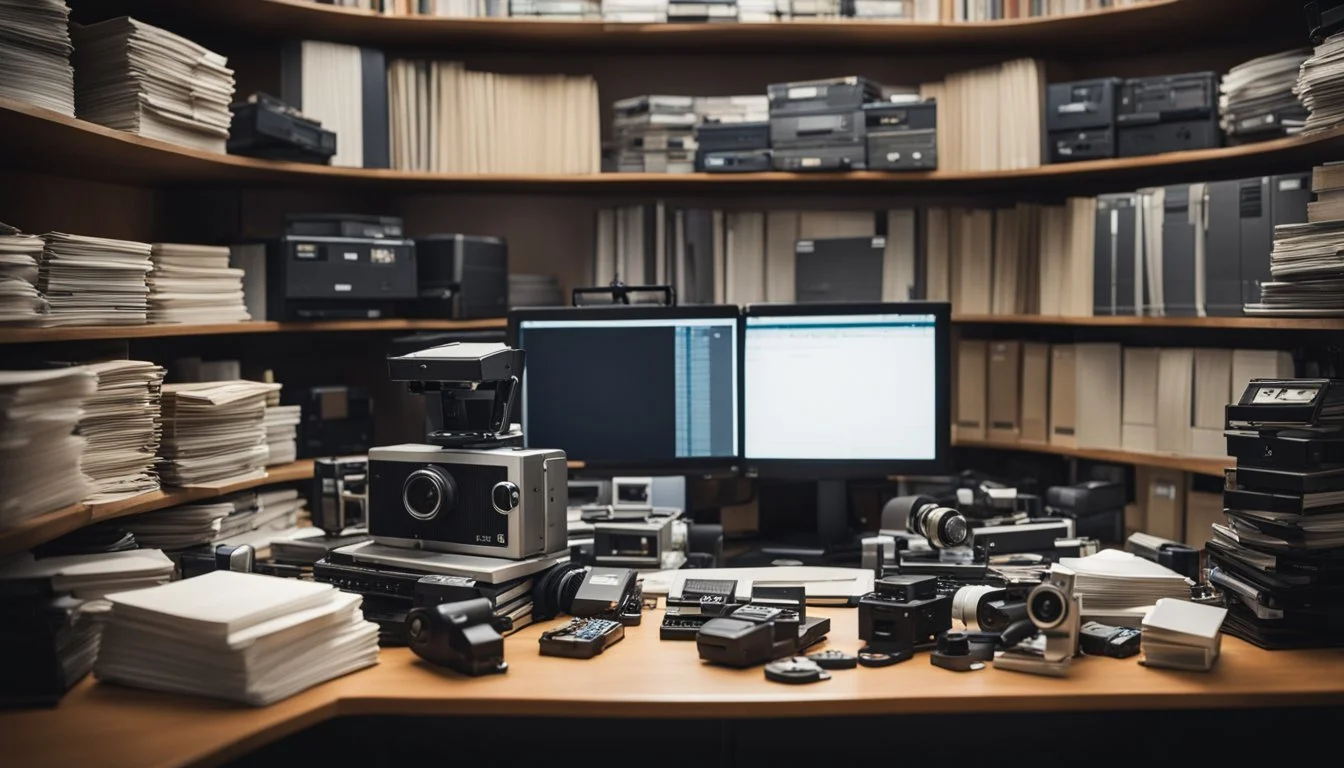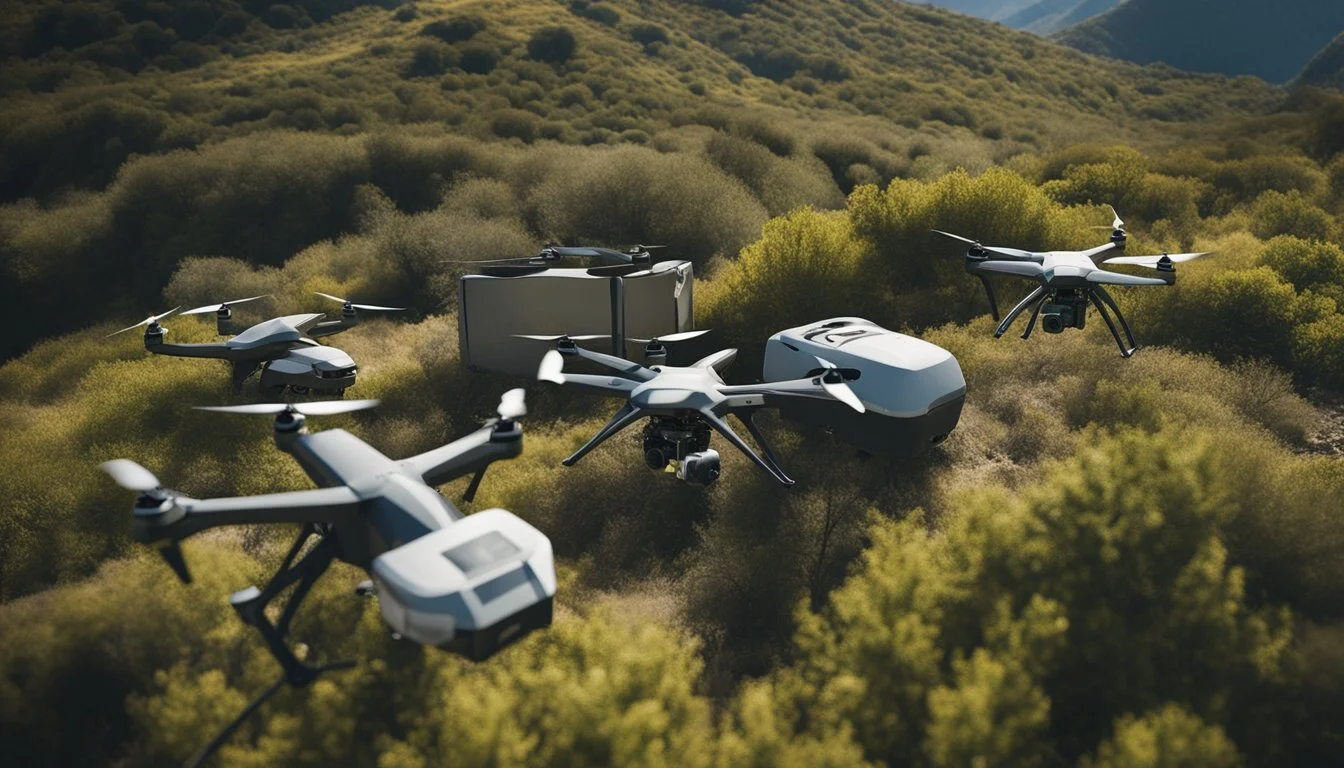Exploring the Boundaries of Found Footage Filmmaking
Innovations and Challenges
Found footage filmmaking has carved a niche within the vast landscape of cinema by offering a unique, raw, and immersive storytelling technique. It blurs the lines between fiction and reality, making audiences feel as though they are unearthing hidden tapes or personal recordings. This intimate approach draws viewers closer to the narratives, enhancing the emotional impact and realism that traditional filmmaking often struggles to achieve.
For innovative filmmakers, found footage serves as a powerful tool to critique societal constructs and explore the material aspects of film itself. By repurposing existing footage, they can create entirely new contexts and meanings, often with a fraction of the budget required for producing new content. The genre’s resourcefulness and authenticity make it an enduring and versatile method in both mainstream and experimental films.
Moreover, the history of found footage can be traced back to iconic works like "The Blair Witch Project," which set the stage for its popularity in contemporary cinema. This technique empowers storytellers to craft compelling narratives while engaging viewers in a visceral and often unsettling way, ensuring that found footage remains a dynamic and evolving form of filmmaking.
Historical Evolution of Found Footage
The concept of found footage has undergone a significant evolution throughout its history, transitioning from early experimental films to mainstream horror and contemporary art installations.
Origins and Concept
The term "found footage" reflects a method of filmmaking where pre-existing footage is repurposed to create a new narrative. Early examples stem from avant-garde filmmakers in the mid-20th century who used this approach to explore new cinematic expressions. One notable figure is Ernie Gehr, who, despite his extensive filmmaking in the 16mm format, produced only one found footage work, Eureka (1974).
Peter Tscherkassky's Happy End (1996) presents another example, utilizing archival clips in innovative ways. This period set the foundation for understanding found footage as a legitimate storytelling technique, pushing the boundaries of narrative and visual art.
Mainstream Breakthrough
The late 1990s marked a pivotal moment with the release of The Blair Witch Project (1999). This film redefined the found footage genre, using faux-documentary style to create a sense of realism and immediate horror. Marketed as actual recovered footage, it became a cultural phenomenon, achieving significant box office success and influencing many future horror films.
Roger Ebert dubbed the approach "found footage" in 1975, originally related to horror but quickly becoming a broader category. This technique proved effective in creating immersive, unsettling experiences, establishing a new sub-genre within mainstream cinema.
Contemporary Developments
In recent years, the found footage genre has expanded beyond horror to include various forms of media and thematic explorations. Digital technology has democratized the process, allowing more filmmakers to experiment with the format. Artistic installations and curated screenings, like those at EFA Project Space, highlight the genre's potential in examining historical contexts and contemporary issues.
Today, found footage continues to evolve, reflecting changes in technology and culture. Its flexibility as a medium ensures its ongoing relevance, whether in art galleries or streaming platforms, pushing the boundaries of how stories are told and perceived.
Theoretical Framework
Exploring the theoretical foundations of found footage filmmaking involves defining key concepts, examining narrative techniques, and understanding audience perception.
Defining 'Found Footage'
Found footage is a filmmaking technique that utilizes pre-existing video or film recordings as the primary source material. These recordings are presented as discovered artifacts, often carrying the implication of authenticity and unfiltered reality. Filmmakers employ this method to craft stories that feel immediate and raw.
Key characteristics include:
Authenticity: The use of amateur or lost recordings to create realism.
Historical Context: Often integrates archival footage to provide a sense of time and place.
Materiality: Highlights the physical qualities and limitations of the film medium.
Narrative Techniques
Narrative construction in found footage films emphasizes the perceived authenticity of the discovered recordings. This technique often involves:
First-Person Perspective: The narrative is usually conveyed through the eyes of the characters who allegedly filmed the footage.
Linear and Non-Linear Storytelling: Both traditional and fragmented storylines are common.
Minimalist Editing: Editing is straightforward to maintain the impression of unaltered footage.
These techniques work to blur the lines between fiction and reality, immersing the viewer in the narrative.
Audience Perception
The audience’s experience of found footage films depends heavily on their suspension of disbelief and engagement with the material. Key elements affecting perception include:
Realism: The authentic appearance of the footage makes the narrative more compelling.
Emotional Engagement: Direct interaction with the camera creates a personal connection with viewers.
Cultural Context: Viewers' understanding of the cultural and historical aspects enhances the immersive experience.
Perception is molded by how convincingly the film presents its purported reality, influencing the audience’s emotional and cognitive responses.
Technical Aspects
Found footage filmmaking combines distinct techniques to simulate a sense of realism. The use of camera work, sound design, and editing strategies plays a crucial role in making these films believable and engaging.
Camera Work
In found footage films, camera work holds significant importance. Filmmakers often use handheld cameras to create an unpolished, realistic feel. This technique aims to mimic amateur or incidental footage, enhancing the viewer's immersion with shaky shots, sudden zooms, and uneven framing.
To maintain authenticity, films may use a variety of devices such as smartphones, camcorders, and security cameras. Multiple perspectives or angles can be incorporated, sometimes even switching between devices to provide a composite view. This unrefined style contrasts sharply with traditional cinematography, making found footage distinctive.
Sound Design
Sound design in found footage films focuses on diegetic sounds, which originate within the film's world. Authenticity is key; often, raw, ambient sounds and noises are used to craft a believable environment. This includes background chatter, environmental sounds, and natural reverb.
Dialogue may be muffled or unclear, naturally tied to the quality of the recording device shown. Sound effects also tend to lack the polished quality of traditional films, reinforcing the sense of raw immediacy. By neglecting overdubbing and artificial effects, the auditory experience remains integral to the found footage style.
Editing Strategies
Editing in found footage seeks to bolster the film's overall credibility. Seamless splicing allows for continuous, narrative-driven footage, as if compiling snippets from unedited recordings. Techniques such as jump cuts, time stamps, and on-screen timestamps are commonly used to preserve the illusion of authenticity.
The editing often omits any scene transitions or professional effects, instead embracing abrupt cuts and fragmented sequences. This method can create tension and unpredictability, keeping the viewer engaged. The editing style is usually rough, purposefully undercutting any polished aesthetic for a more genuine approach.
Genre Crossovers
Found footage filmmaking is not confined to a single genre. It often intersects with others, enhancing storytelling through unique perspectives and innovative techniques.
Horror
Found footage is most commonly associated with horror. This genre benefits from the raw, unpolished look that creates a sense of immediacy and realism. The Blair Witch Project (1999) and Paranormal Activity (2007) are classic examples, using shaky cameras and amateur footage to make supernatural events feel almost plausible.
Using first-person perspectives, these films immerse the audience directly into the experience. The format blurs the line between fiction and reality and amplifies suspense because viewers often feel like they are witnessing real events. This immediacy is crucial in creating genuine fear and tension.
Science Fiction
In science fiction, found footage helps in portraying speculative technologies, alien encounters, and dystopian settings with a grounded feel. Cloverfield (2008) explores a monster invasion through the lens of a handheld camera, providing a visceral, on-the-ground perspective often missing in polished sci-fi productions.
This technique aids in rendering extraordinary scenarios believable. By presenting futuristic or alien elements through the ordinary and familiar lens of the found footage style, filmmakers can create a blend of relatability and otherworldliness, adding depth to the narrative.
Mockumentary
Mockumentaries use found footage to parody or mimic the documentary format while satirizing real-life events or social phenomena. This Is Spinal Tap (1984) and What We Do in the Shadows (2014) exemplify this subgenre, utilizing faux-interviews and staged “real” footage to comedic effect.
The found footage style gives mockumentaries a semblance of authenticity. It also allows for improvisation, which can result in genuine, spontaneous humor. By merging documentary sincerity with fictional elements, these films offer insightful social commentary under the guise of light-hearted storytelling.
Ethical Considerations
Found footage filmmaking commands a unique space in the cinematic world. Significant ethical concerns arise regarding the authenticity of the material and the treatment of subjects within the footage.
Reality vs Fiction
One primary ethical concern in found footage filmmaking is maintaining the integrity between reality and fiction. Filmmakers must be careful not to misrepresent the content, especially when utilizing archival footage. Misleading the audience by altering or taking clips out of context can compromise the documentary's credibility. It is essential for filmmakers to present footage as it was originally recorded or clearly indicate any modifications to preserve trust and transparency.
Exploitation Concerns
Another critical issue is the potential exploitation of individuals depicted in the footage. Ethical filmmaking obliges creators to consider the welfare and dignity of their subjects. This is particularly pressing when dealing with vulnerable populations or sensitive situations. Filmmakers must seek appropriate permissions and be mindful of the potential harm that public exposure may cause to these individuals. Using footage responsibly ensures that the stories told honor the subjects’ humanity and rights.
Influence on Modern Cinema
Found footage filmmaking has reshaped both traditional and modern filmmaking practices, significantly impacting narrative techniques and the consumption of media through online streaming platforms.
Impact on Traditional Filmmaking
Found footage techniques have injected new vigor into traditional filmmaking. These films often utilize raw, unpolished footage to create a sense of realism, making the audience feel as if they are part of the scene. Classic genres like horror and thriller have particularly benefited, using this style to build tension and immerse viewers.
Moreover, found footage has democratized filmmaking. Aspiring filmmakers can leverage inexpensive technology to produce feature films without the need for substantial budgets. This has led to a more diverse range of stories being told, breaking away from conventional storytelling methods.
The technique also challenges established norms of narrative structure. Movies can now unfold in non-linear ways, providing audiences with fresh and unexpected storytelling experiences. This shift has encouraged seasoned directors to experiment with found footage elements, further enriching cinema.
Online Streaming Platforms
Online streaming platforms have amplified the reach and impact of found footage films. Streaming technology allows for immediate access to a global audience, bypassing traditional distribution channels. This has been instrumental in popularizing found footage movies that might not have had wide theatrical releases.
Platforms such as Netflix and Amazon Prime have contributed to the proliferation of this genre by commissioning original content. These services offer filmmakers creative freedom and reduced logistical constraints, fostering innovation.
Moreover, the data-driven approach of streaming platforms helps in targeting niche audiences who are more likely to appreciate found footage styles. This has generated a robust market for these films, ensuring their continuous production and popularity. As a result, found footage isn't limited to independent films but has gained acceptance in more mainstream media productions.
Case Studies
Exploring the boundaries of found footage filmmaking can be best illustrated through notable examples like "The Blair Witch Project," the "Paranormal Activity" series, and "Cloverfield." Each of these films uses the found footage technique to create unease, deliver authenticity, and engage the audience in innovative ways.
The Blair Witch Project
"The Blair Witch Project" (1999) is one of the earliest mainstream successes in the found footage genre. Directed by Daniel Myrick and Eduardo Sánchez, the film is presented as a recovered documentary made by three student filmmakers who disappear while investigating the legend of the Blair Witch.
The film's minimalist approach, relying on shaky camera movements, natural sound, and improvised dialogue, creates a sense of realism and immediacy. This technique successfully immersed viewers into the narrative, making them feel part of the harrowing journey.
The marketing campaign, leveraging the internet to spread rumors and create a myth around the film, played a significant role in its success. The authenticity of the found footage style convinced many that the events were real, amplifying the film's impact and leading to significant box office success.
Paranormal Activity Series
The "Paranormal Activity" series, starting with the original film in 2007, directed by Oren Peli, redefined horror by bringing the supernatural into the everyday environment of a suburban home. By using security cameras, handheld video, and static shots, the films create an unsettling atmosphere where mundane settings become sites of terror.
Key to the series' success is its use of slow-building suspense. The found footage format allows audiences to scrutinize each frame for paranormal elements, fostering a participatory viewing experience. This style introduces a voyeuristic element, making viewers complicit in the unfolding horror.
Budget constraints influenced the films' minimalist aesthetic, but this proved effective in focusing on narrative tension rather than special effects. The profitability of the series demonstrated the commercial viability of the found footage genre, influencing a wave of similar horror films.
Cloverfield
Directed by Matt Reeves and released in 2008, "Cloverfield" offers a different take on the found footage genre, combining it with large-scale monster film conventions. The story follows a group of friends documenting the destruction of New York City by a massive, mysterious creature.
The film integrates found footage elements by using a single handheld camera, giving viewers a ground-level perspective of catastrophic events. This approach contrasts with traditional monster movies that often display events from an omniscient viewpoint.
The chaotic and fragmented filming style mirrors the confusion and panic experienced by the characters, enhancing the immersive quality of the narrative. "Cloverfield" effectively demonstrates how found footage can be applied beyond traditional horror to other subgenres, offering a fresh and engaging cinematic experience.
Challenges in Production
Creating a found footage film presents unique hurdles, from managing tight budgets to achieving authentic performances and effective marketing. Filmmakers must navigate these challenges to produce a compelling and convincing narrative.
Budget Constraints
Budget limitations often top the list of challenges for filmmakers in this genre. Found footage films typically require lower budgets than traditional films, allowing filmmakers more creative freedom to experiment with unconventional filming techniques and storytelling.
Sourcing affordable equipment is crucial. Using handheld cameras, smartphones, or other low-cost devices can help reduce expenses. Additionally, filmmakers may need to seek out free or low-cost locations to shoot scenes.
While budget constraints can lead to innovative solutions, they also require producers to be strategic. Careful planning and resource management are essential to ensure funds are allocated efficiently without compromising the film’s quality.
Authenticity in Performance
One of the hallmarks of found footage films is the portrayal of raw, unfiltered realism. Achieving this level of authenticity in performance is a significant challenge.
Actors must deliver believable, naturalistic performances. They often rely on improvisation to make dialogue and reactions feel genuine. This approach can be difficult, requiring a high level of skill and comfort with unscripted acting.
Directors need to create environments in which actors feel safe and free to explore their characters. Rehearsals may be less structured, focusing more on creating a realistic atmosphere rather than sticking strictly to a script.
Marketing Strategies
Marketing a found footage film requires different strategies compared to traditional films. The marketing campaign must convince audiences of the film's realistic premise while effectively communicating its unique appeal.
Using social media and viral marketing can be particularly effective. Teaser clips, faux news reports, and interactive websites can pique interest and create buzz. Highlighting the film's realism and immersive experience can draw in viewers who are curious about the authenticity.
Short teaser clips and behind-the-scenes footage can generate interest and anticipation. Crafting a unique and engaging narrative around the film helps build a loyal audience eager to see the final product.
Future Prospects
The landscape of found footage filmmaking is evolving with advancements in technology and new storytelling techniques. These changes promise to transform how filmmakers create and audiences engage with these films.
Technological Advancements
Technological innovations are pivotal in shaping the future of found footage films. Digitalization improves the quality of footage, making it easier to manipulate and edit. This allows for more complex narratives and seamless blending of different media types.
Virtual Reality (VR) and Augmented Reality (AR) are also game-changers. They open up new avenues for immersive experiences, making viewers feel like they are part of the story. Machine learning and AI can aid in automating the editing process, leaving more room for creativity.
Interactive Narratives
Interactive narratives present fresh opportunities for engaging storytelling. With platforms like Netflix experimenting with interactive films, viewers can now influence plot directions, creating a more personalized experience.
Interactive media can be especially effective in found footage, heightening the realism and tension. Films can incorporate viewer choices that alter the storyline or reveal hidden content, making each viewing unique. This not only increases engagement but also challenges traditional linear storytelling.
In conclusion, found footage filmmaking is on the cusp of significant transformation, driven by technological advancements and the potential for interactive storytelling.

